The Best Mattresses For Children, According To A 25 Year Mattress Industry Veteran
Shopping for the best mattresses for children is confusing and overwhelming. I spent 25 years as a mattress manufacturer and designed dozens of mattresses for children and teens. I can help! Read more about me here and how I went from being a prominent retailer to a mattress consultant and mattress review expert.

According to research and recommendations from pediatric experts, the transition from a crib to a mattress typically occurs when a child is around 2 to 3 years old. However, it’s important to note that this can vary depending on the individual child’s developmental milestones, size, and readiness.
According to a study featured in Reuters by The Journal Of Sleep Medicine, both parents and children sleep better if parents wait until age 3 to transition to a mattress.
I agree with this, and finding a mattress that will last from age 3 all the way through teen years is practical and actually pretty straightforward.
If you’d like to cut to the chase and check out my top 5 choices for best mattress options for children, here are a handful of healthy options, all of which are available in all standard mattress sizes.
Important Considerations When Shopping For A Mattress For Your Child
We’re going to get into a detailed discussion which will cover sizes, mattress types, textiles, chemical free mattresses and much more. Let’s start with some basics first.
When considering the best mattress for children, it’s important to focus on a combination of factors that contribute to overall sleep quality and support their growing bodies. Here are some key components to consider:
- Supportive Foundation: The mattress should have a firm and supportive foundation to ensure proper spine alignment and healthy development. A sagging or overly soft mattress may lead to poor posture or back pain.
- Comfortable Surface: While support is crucial, comfort is also important to promote a good night’s sleep. The best mattresses for children deliver a comfortable surface for your child to rest on. This can be achieved through a combination of materials, such as memory foam, latex, or pocketed coils. Textiles like organic cotton and wool are also worth considering.
- Breathable Materials: Children tend to sleep hot, so choosing a mattress with breathable materials can help regulate their body temperature and prevent overheating. Look for mattresses with open-cell foam, gel-infused memory foam, or natural fibers like cotton or wool, which promote airflow and moisture-wicking properties.
- Hypoallergenic and Non-Toxic: Opt for a mattress that is hypoallergenic and free from harmful chemicals. This helps minimize the risk of triggering allergies or exposing your child to potentially harmful substances. Look for certifications such as CertiPUR-US certified foams, GREENGUARD, or GOTS to ensure the mattress meets strict standards for low emissions. We’ll get into natural materials like natural latex as well as plant based memory foam, and pocket coils mattresses, as well.
- Durable and Easy to Clean: Children can be messy, so selecting a mattress that is durable and easy to clean is practical. Consider mattresses with removable, machine-washable covers or those designed to resist stains and odors.
Why Children Need A Better Mattress To Improve REM Sleep
More than ever, finding the best mattresses for children is necessary to ward off depression, anxiety, and other mental health concerns, and proper rest along with deep REM sleep is essential. REM sleep, which stands for Rapid Eye Movement sleep, is a phase of sleep characterized by rapid and random eye movements, vivid dreaming, and increased brain activity.
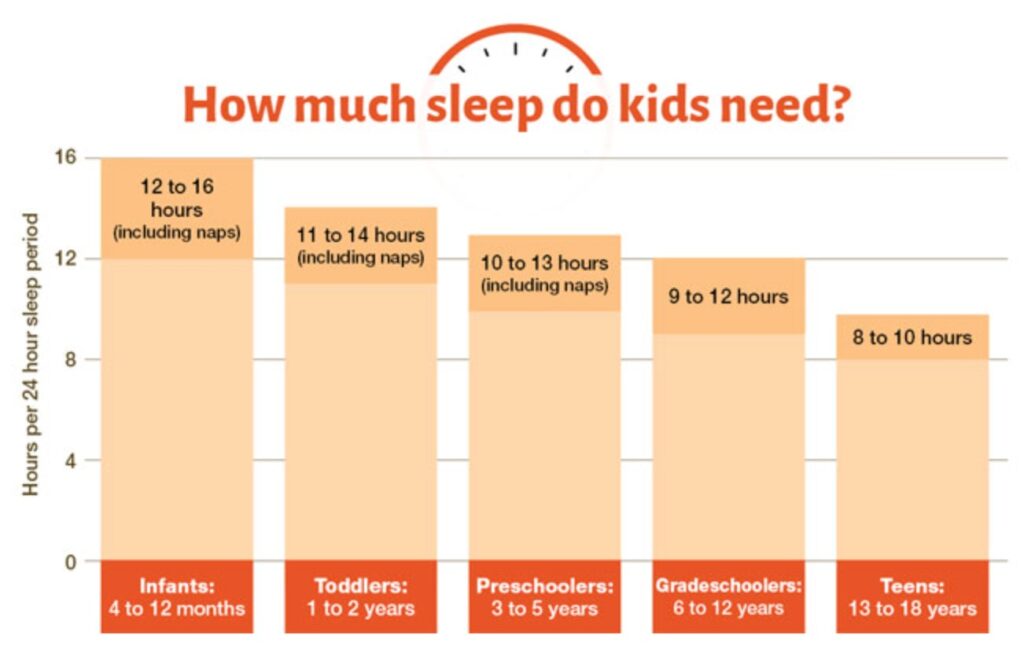
It is one of the distinct stages of the sleep cycle and plays a crucial role in the overall sleep quality and development of children.
During REM sleep, the brain is highly active, and this stage is associated with important cognitive processes such as memory consolidation, learning, and emotional regulation. It is also believed to contribute to brain development, creativity, and problem-solving abilities in children.
Additionally, REM sleep is essential for the overall restoration and rejuvenation of the body, including the growth and repair of tissues.
During REM sleep, the brain is highly active, and this stage is associated with important cognitive processes such as memory consolidation, learning, and emotional regulation. It is also believed to contribute to brain development, creativity, and problem-solving abilities in children. Additionally, REM sleep is essential for the overall restoration and rejuvenation of the body, including the growth and repair of tissues.
A well-made mattress can contribute to better REM sleep for children in several ways:
- Comfort: A comfortable mattress can promote relaxation and help children fall asleep faster, facilitating the transition into REM sleep. When a child is comfortable and supported, they are more likely to experience uninterrupted sleep and spend an appropriate amount of time in the REM stage.
- Spine Alignment: Proper spine alignment is crucial for overall sleep quality and can positively impact REM sleep. A well-designed mattress that provides adequate support to the spine helps prevent discomfort or pain, allowing children to achieve and maintain a more relaxed state during sleep.
- Reduced Disruptions: A high-quality mattress can minimize disturbances caused by movement transfer, noise, or discomfort. By reducing disruptions, children are less likely to be fully awakened from their REM sleep cycles, ensuring they get the necessary duration of this important stage.
- Temperature Regulation: As mentioned earlier, children can be more susceptible to overheating during sleep. A mattress with breathable materials and good airflow can help regulate body temperature, preventing excessive heat retention and enhancing comfort during REM sleep. Some children will sleep hot and a cooling mattress might be of great benefit.
- Durability and Longevity: A well-made mattress with durable materials maintains its supportive properties over time, ensuring consistent comfort and adequate support for the child’s growing body throughout their developmental stages. This contributes to better sleep quality and, consequently, healthy REM sleep.
Regarding the focus between spine alignment, comfort, and obtaining better REM sleep, it’s important to strike a balance. Proper spine alignment is crucial for growing bodies, but comfort and quality sleep are equally important for overall well-being. The ideal mattress should offer adequate support for the spine while providing a comfortable sleep surface to promote deep and restful sleep. High-quality sleep is vital for children’s growth, cognitive development, and overall health.
During sleep, organ systems are busy at work repairing and growing, and a tremendous amount of brain activity is happening behind the scenes. A mattress plays a big part in the quality of sleep that a growing child experiences.
We’ll take a look at why this is important and offer options for the best mattresses for children that we have personally reviewed. I’ll be taking a look at the ingredients in these mattresses as well, and make you aware of the harmful substances that are often used in the mattress industry.
Children, tweens, and teenagers, all from the ages of 8-18, require at least 10 solid hours- or more– of interrupted sleep, with “long sleepers” needing 10 or more. I have a son who is 24 and starting his first year of medical school this Fall. He has been a long sleeper all of his life, even as a toddler.
In undergraduate school, he found it difficult to maneuver through semesters with early classes because he requires at least 10 hours of solid sleep. Anything less, and he’s the undead, in a zombie like state, fatigued and unable to think clearly. As a parent, I knew to accommodate this early on and not force an early to rise mentality.
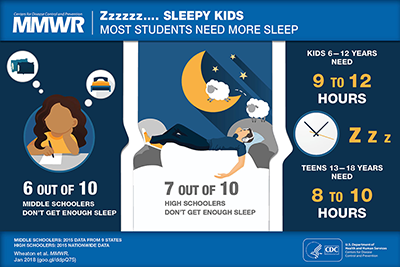
For a teenager, skipping sleep can be highly destructive and even deadly, particularly when driving. Teens become quickly disheveled and out of sorts without sleep, becoming irritable, less productive, and perform poorly on tests, and physical actions become less sharp and precise.
Late nights and a lot of time on electronic devices is also a contributor to poor sleep hygiene for children and teens. Exposure to bright white light for hours on end instructs the brain to stay awake and not respond to normal circadian rhythms.
Exposure to darkness is essential to cycling the brain in preparation for sleep. That’s also why placing a TV in a child’s sleep area is a bad idea. Remember: A brain that is hungry for sleep will seek it out, even if you fight it.
As an example, drowsiness and falling asleep while driving causes over 110,000 car crashes every year. When you do not get enough restorative and uninterrupted sleep, you are more likely to have an accident, injury and/or illness.
Our immune systems often become the first system to crash and burn, which creates a cascading effect behind it. Children and teens have developing immune systems that need to be nurtured and fed with rest and downtime, and sleep is essential to this process. As important as physical activity is to growing bodies, so sleep is as important, if not more.
Best Mattresses For Children, Tested, Reviewed, And Selected By an Industry Expert
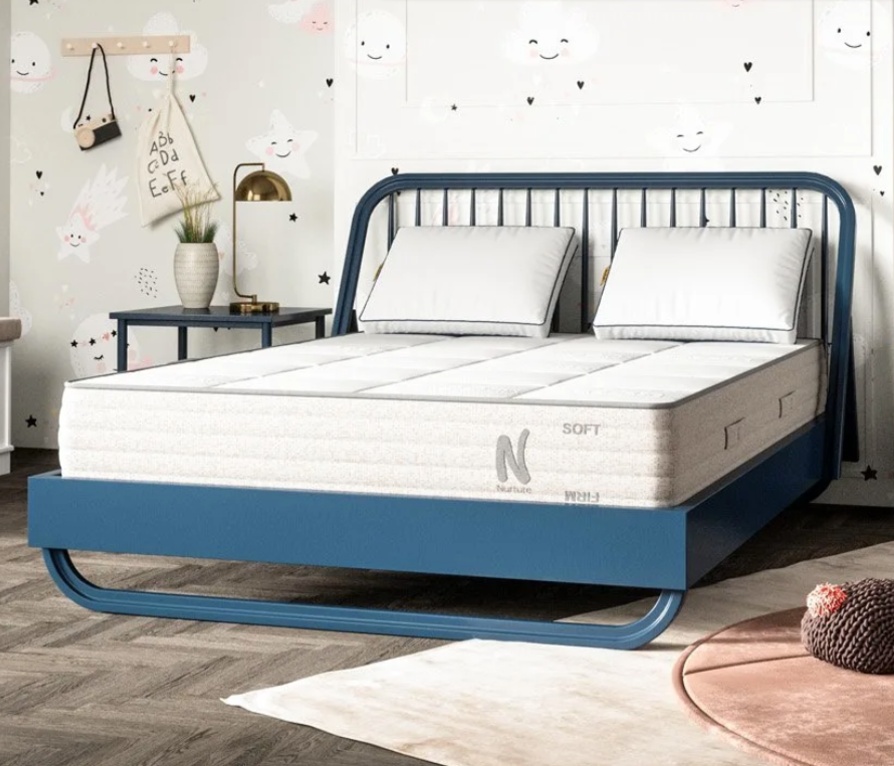
NOLAH NURTURE MATTRESS
This flippable mattress adapts to children’s preferences as they grow, with soft and firm options. Organic Talalay latex and individual pocket coils, organic cotton and wool quilted top on both sides.
Ideal for kids 3-18, and I’d call it ideal for dorm room for college. No VOC’s, formaldehyde, fiberglass, PBDE’s, or chemical fire retardants. Safe, clean. Free shipping, too.
Twin $1,084, and Full size $1,539. You’ll get 2 free pillows with my link below. Peace of mind, worth the investment. Has an inviting yet supportive feel without being too firm. Will work for bigger bodies, too.
Firmer side is ideal fo younger children, and flip to soft size at age 8-9 for a more inviting and body contouring sensation kids love.
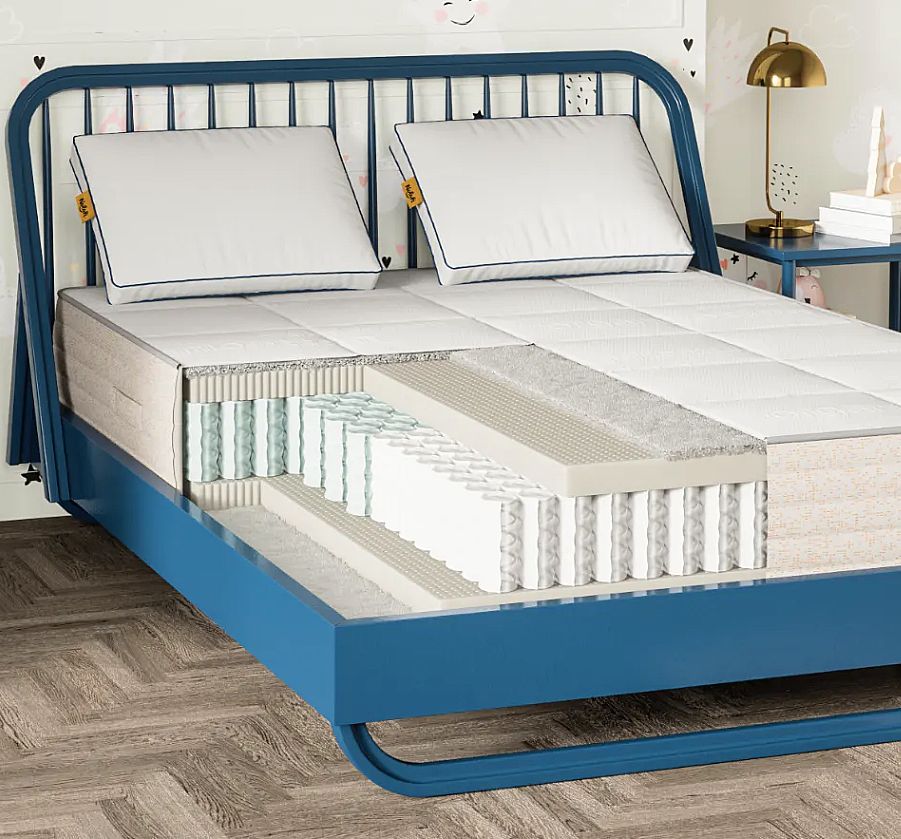
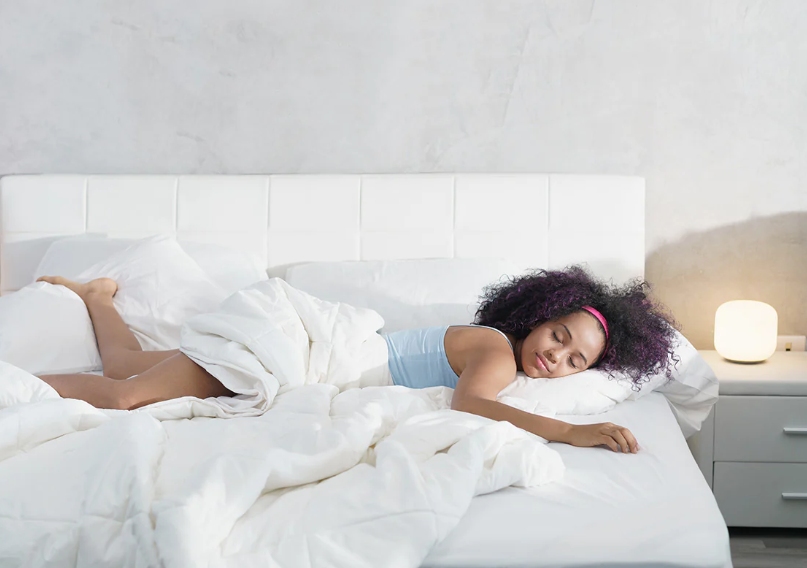
BEAR “CUB” KIDS MATTRESS
At $487 in twin size and $592 in full size, this gel/memory foam and pocket coil hybrid is designed to optimize sleep for kids age 3-18.
Using CertiPUR-US® foams, this option is hypo-allergenic, sleeps cooler, and promotes REM state sleep. I also believe that the Bear Cub Mattress might be a great choice for kids with autism disorder because of the body embracing effect delivered by a combination of gel, memory foam, and pocket coils.
The Bear Cub Mattress has superior motion dampening qualities as well, and is ideal for a broad age range, offering a medium to medium firm feel.
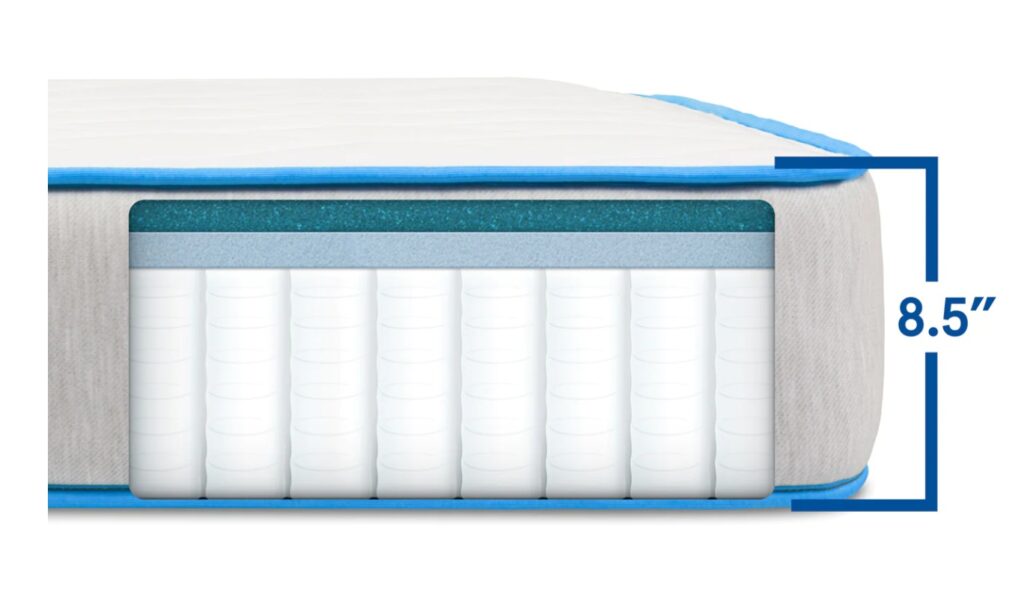

AVOCADO ECO-ORGANIC KIDS MATTRESS
Priced at just $649 in twin, and $849 in full size, this low profile trundle friendly, all natural mattress kicks the plastic out of bed. I designed natural latex mattresses for years and my kids slept on latex from age 3-16.
Certified GOTS latex from Avocado’s own farms in India, individual pocket coil suspension to provide maximum sleep time and good REM sleep.
Ten year warranty, 100 night trial. Free shipping. I love the quilted and cushy pillowtop feel on this kids mattress.
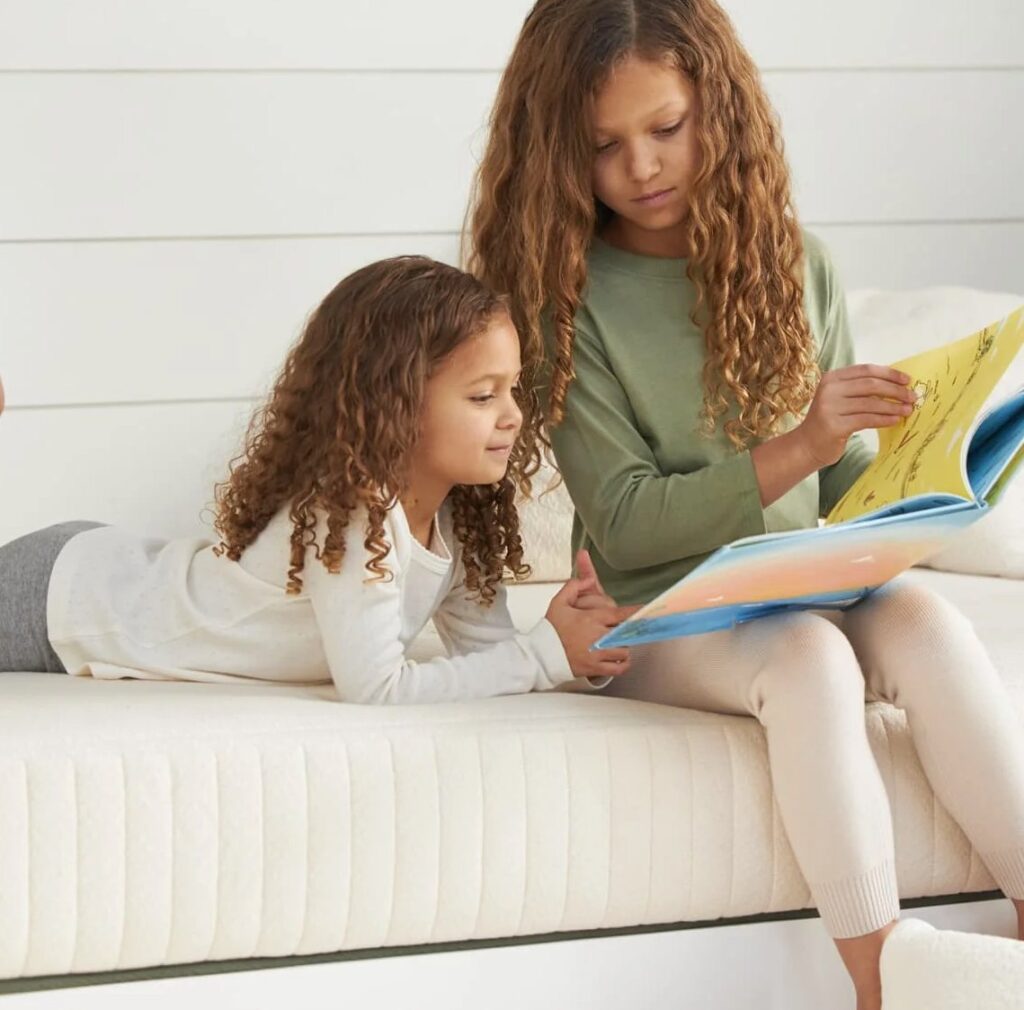
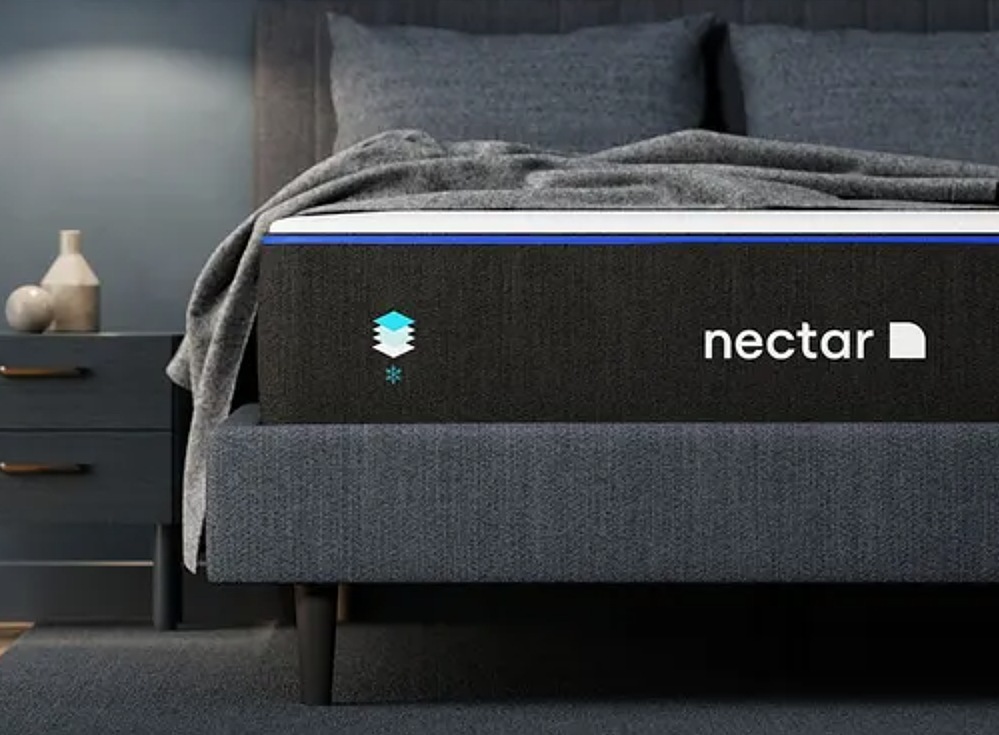
THE NECTAR MATTRESS
Priced at $399 in twin, and $599 in full, it’s my top choice for best mattress for teens, especially active athletes. At 12″ tall, it’s a bit beefier and contains multiple layers of pressure relieving and supportive memory foam.
There are not coils, but rather an all-foam design with a memory foam comfort layer, polyfoam transitional and support layers, and a cover made from polyester, nylon, and polyethylene. These components add up to a total profile of 12 inches.

All foams used are CertiPUR-US® certified, and for an additional $99, you can get the sleep bundle that includes sheets, pillows, and a mattress protector (a good idea).
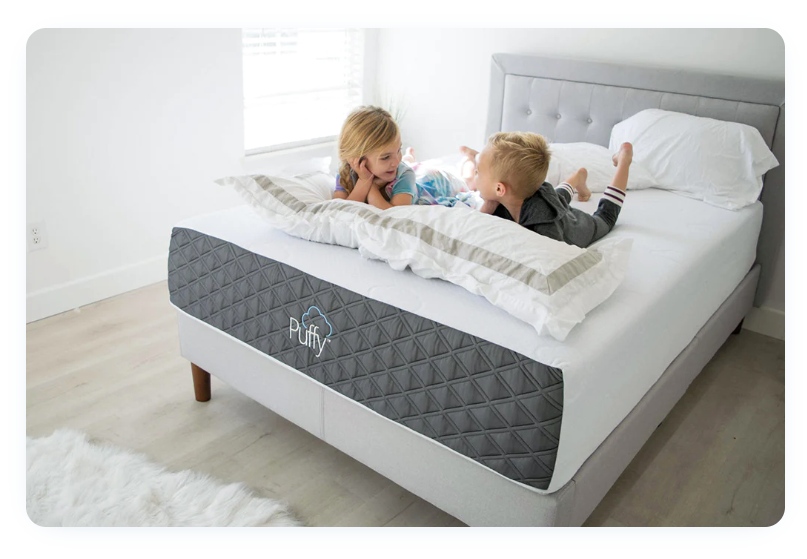
PUFFY CLOUD MATTRESS
Priced at $699 in twin and $899 in full size, this all foam mattress is designed to feel lofty, nest like, plush, and supportive. If your child or teen likes a little bit more immersion, I’d recommend it.
With five distinctive layers, it also offers cooling ability, pressure relief, and delivers on point spine alignment without the use of metal coils. My teenaged son and my daughter both sleep on this brand (they have different models you can choose from besides The Cloud.
It does have a softer feel than most all foam mattresses, and for kids who are side sleepers, it’s very good for shoulder and hip pressure points. The outer covering on the mattress can also be unzipped and machine washed-though I recommend mattress protectors for all mattresses.
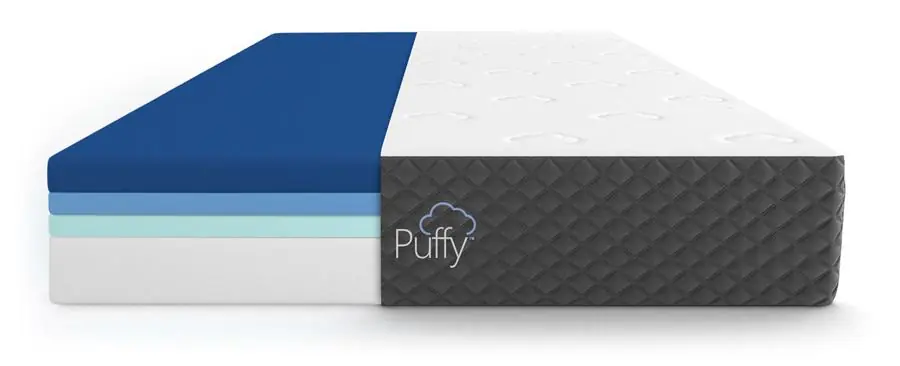
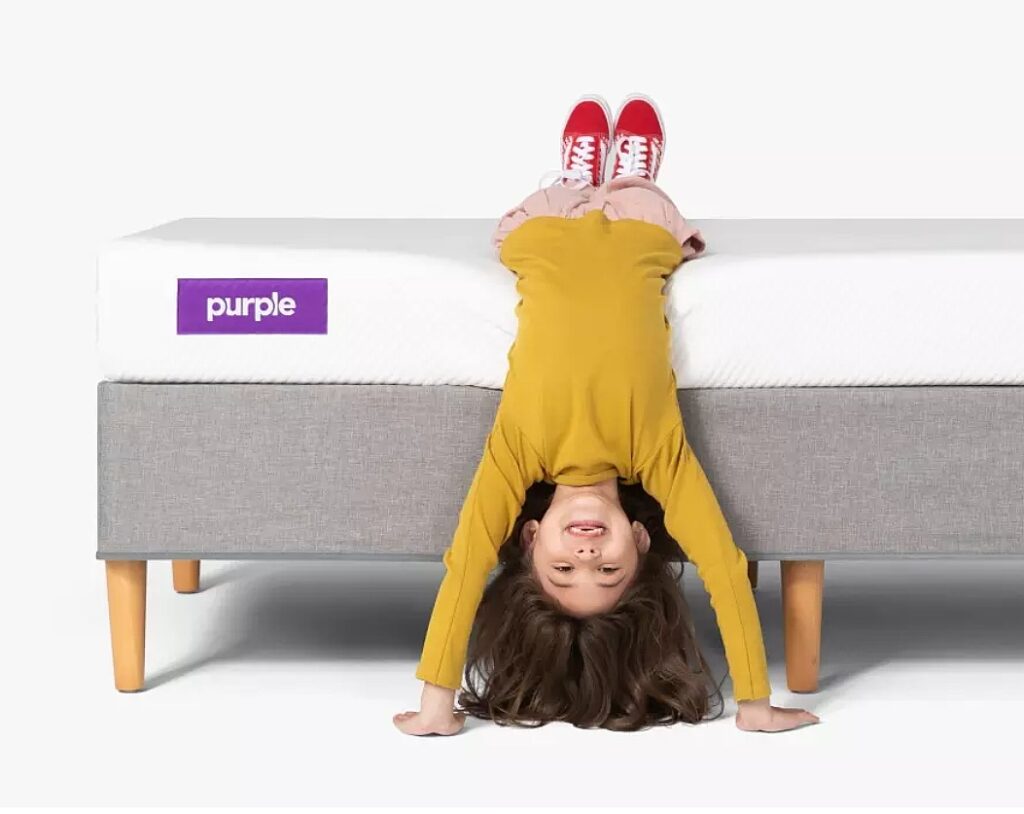
KIDS PURPLE MATTRESS
Made using a distinctive flexible elastomeric polymer grid, The Kid’s Purple Mattress is really different. Highly flexible, hyper-responsive, eliminating virtually all pressure.
I explored this technology myself with my own mattress design, but Purple is the only manufacturer who has this unique, patented material. I’d recommend for kids over 8 years of age, especially kids who like to spend a lot of time “perching” in their bedroom.
Available only in twin (39×75) it sells for $699 and is outfitted with a 10 year warranty, and a 100 night no questions asked trial.
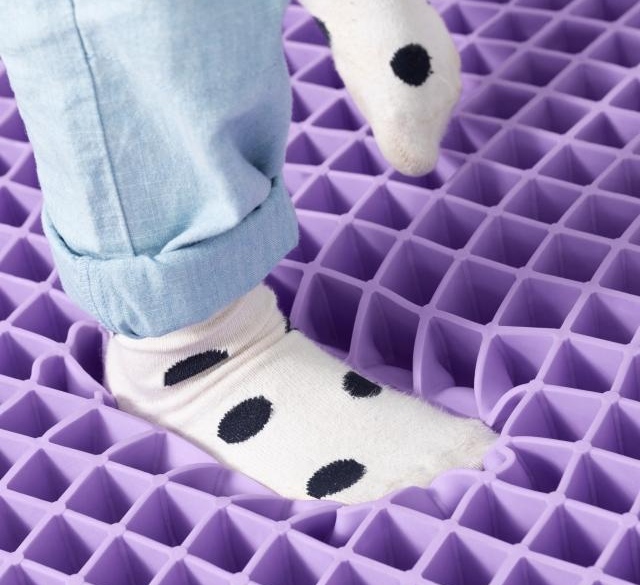
What Experts Say The Data Says About Children And The Sleep Crisis In America
While everyone is accustomed to having sleep disruptions and a poor night’s sleep on occasion, The National Sleep Foundation’s 2006 Sleep in America poll determined that many adolescents exhibit symptoms of depressed mood on a frequent basis, and these teens are far more likely to have sleep problems.
The NSF poll revealed depressive mood scores for each of the 1,602 participants by measuring adolescents’ responses to four mood “states”:
Felt unhappy, sad, or depressed
Felt hopeless about the future
Felt nervous or tense
Worried too much about things
The results showed that about 46% of the adolescents surveyed had a depressive mood score of 10 to 14, 37% had a score of 15 to 19, and 17% had a score of 20 to 30; these scores are regarded as low, moderate and high, respectively.
Not surprisingly, those adolescents with high scores ranging from 20 to 30 were more likely teens with lower scores to take longer to fall asleep especially on school nights, resulting in an insufficient amount of sleep and reporting problems of daytime drowsiness.
In fact, 73% of those teens who report feeling unhappy and depressed also report not getting enough sleep at night and being excessively sleepy during the day.
While many adults may think that young people have very simplistic and easy lives and therefore are not entitled to have mood or dysthymic (depression) disorders should be aware that the opposite seems true according to the NSF poll as well as many other studies of teens.
Most adolescents were likely to say they obsessed over seemingly simple and inconsequential matters (58%) and/or experienced severe anxiety (56%). Many of the teens surveyed also reported being desperate or hopeless about the future, feeling unhappy and sad for a substantial portion of time within the past two weeks of surveying.
Research shows poor sleep hygiene and lack of restorative sleep affect mood and this alone can result in ineffective sleep. To stop this vicious cycle, sleep experts advise that teens prioritize sleep and focus on healthy sleep habits.
Tweens and teens can start by getting the 8 to 10 hours of sleep they require each night, keeping consistent sleep/wake schedules on school nights and weekends, and choosing relaxing activities such as reading or taking a warm shower or bath before bed instead of turning on the TV or computer, or holding their cell phones close to their eyes exposing themselves to bright white light.
“If parents and teens understand what good sleep entails and the benefits of developing a plan that supports good sleep, then they might re-examine their choices about what truly is their ‘essential’ activities,” stated Mary Carskadon, Ph.D., Director of Chronobiology/Sleep Research at the E.P. Bradley Hospital and Professor of Psychiatry and Human Behavior at Brown University Medical School in Providence, R.I.
“The earlier parents start helping their children develop good sleep habits, the easier it will be to experience a positive and happy experience through their teen years.”